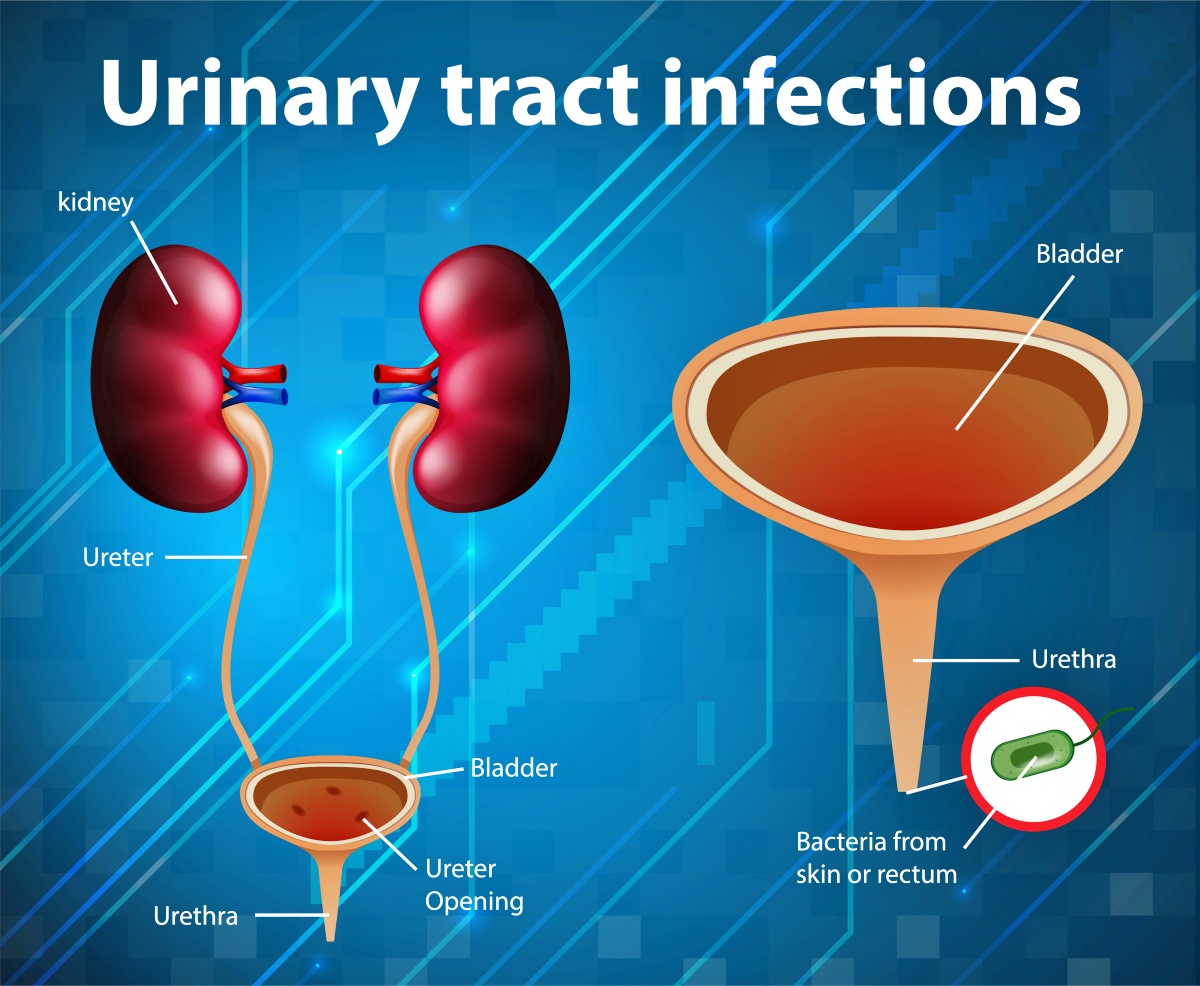Urinary tract infections (UTIs) are like the annoying party guest who shows up uninvited, and refuses to leave without ruining your night. If you’re a woman, you probably already know that UTIs are a rite of passage no one asked for. In fact, over 50% of women will experience at least one in their lifetime.
If you’re lucky, you might get a “friendly” UTI that quietly slips away after a few antibiotics. But when ignored, these infections can level up into something far more serious (a full-blown kidney infection or a trip to the emergency room where you have to explain to a doctor why you thought cranberry juice would cure you).
According to Dr. Tejas Mistry, Consultant Urologist and Neuro-Interventionalist at Bhailal Amin General Hospital in Vadodara, UTIs are common but sneaky. “Recognizing early warning signs and understanding the causes can help ensure timely diagnosis, effective treatment, and prevention of complications,” he says. Catch it early, and you’ll avoid spending half your paycheque on medicines and regretting your life choices.
What Is A UTI, And Why Is It Stalking Women?
A UTI happens when bacteria (usually E. coli, that little devil) makes its way into your urinary system: urethra, bladder, or worse, kidneys. Women are far more prone to UTIs than men for one simple reason. Our urethras are shorter and closer to the bacteria hot zone, also known as the rectum. It’s like a shortcut bacteria can’t resist. Add in sexual activity, poor hydration or hormonal changes, and you’ve got the perfect recipe for misery.

Dr. Mistry explains, “The infection starts small but can escalate, leading to complications like kidney infections or sepsis.” So, ignore your bladder’s cries for help at your own peril.
Early Warning Signs Of UTIs
Your body doesn’t suffer silently. It drops hints. Here are the top signs that your bladder is staging a rebellion.
1. Burning Pain During Urination
One of the earliest red flags of a UTI is a sharp, stinging, or burning sensation while passing urine. This occurs as bacteria irritate the lining of the urinary tract, making each trip to the bathroom an uncomfortable ordeal.
2. Frequent Urge To Urinate
You might notice an unrelenting need to urinate, even if very little urine comes out. The bladder becomes inflamed, signaling to your brain that it’s full even when it isn’t.
3. Cloudy or Foul-Smelling Urine
Changes in urine appearance and smell are another key indicator. Urine may appear cloudy or have a strong, unpleasant odour due to the presence of bacteria and white blood cells fighting the infection.
4. Pelvic Discomfort Or Pain
A dull, persistent ache in the lower abdomen, pelvis, or back can signal that the infection is progressing. If you notice this along with urinary discomfort, it’s a sign to seek help.
5. Fever Or Chills
If the infection spreads, you may develop fever, chills, or flu-like symptoms. These are particularly worrisome because they suggest the infection could be moving toward the kidneys.
What If It’s Not A UTI? Other Possible Causes
Not every burning sensation or urinary issue is a UTI. Dr. Mistry highlights some other possible culprits:
Vaginitis: Often accompanied by itching and discharge.
Sexually Transmitted Infections (STIs): Ulcers, blisters, or abnormal discharge are more typical here.
Kidney Stones: Pain radiates to the lower abdomen or genitals, sometimes with nausea or blood in urine.
Prostatitis (in men): Inflammation of the prostate gland can mimic UTI symptoms.
Menopause: Low estrogen levels may lead to genital dryness and burning sensations.
Dr. Mistry advises paying attention to the timing and pattern of pain. “Fever or urinary symptoms are often seen with UTIs, while discharge points to vaginitis or STIs. Constant pain is more typical in vaginitis, whereas UTIs cause pain primarily during urination.”
How To Protect Yourself From UTIs
UTIs may be a pain, but prevention is surprisingly simple. Dr. Mistry shares essential tips to reduce your risk:
Stay Hydrated: Drink plenty of water to flush bacteria from the urinary tract. Aim for pale yellow or clear urine as a hydration benchmark.
Practice Regular Voiding: Always urinate after sexual activity to reduce bacterial buildup.
Maintain Good Hygiene: Keep the genital area clean and dry. Avoid harsh soaps or scented washes. Cotton underwear allows better airflow than synthetic fabrics.
Use Barrier Protection: Condoms help prevent sexually transmitted infections, which can mimic or worsen UTI symptoms.
Know the Signs: If you experience symptoms like burning, frequent urination, or cloudy urine, consult a doctor promptly.
The thing about UTIs is that they demand attention. Ignoring early signs like burning pain or frequent urination can lead to bigger problems, like kidney infections, fevers, and weekends spent hooked to an IV drip. As Dr. Mistry warns, “Timely diagnosis and effective treatment can prevent complications and discomfort.”
In other words, if your body is waving a red flag, don’t pretend it’s just a slightly pink one. Drink your water, book that doctor’s appointment, and save yourself a lot of unnecessary drama. Because in the war against UTIs, your bladder deserves to win.
References:
https://pmc.ncbi.nlm.nih.gov/articles/PMC6203890/
https://pmc.ncbi.nlm.nih.gov/articles/PMC10145414/
https://pmc.ncbi.nlm.nih.gov/articles/PMC3749018/
Read more:



